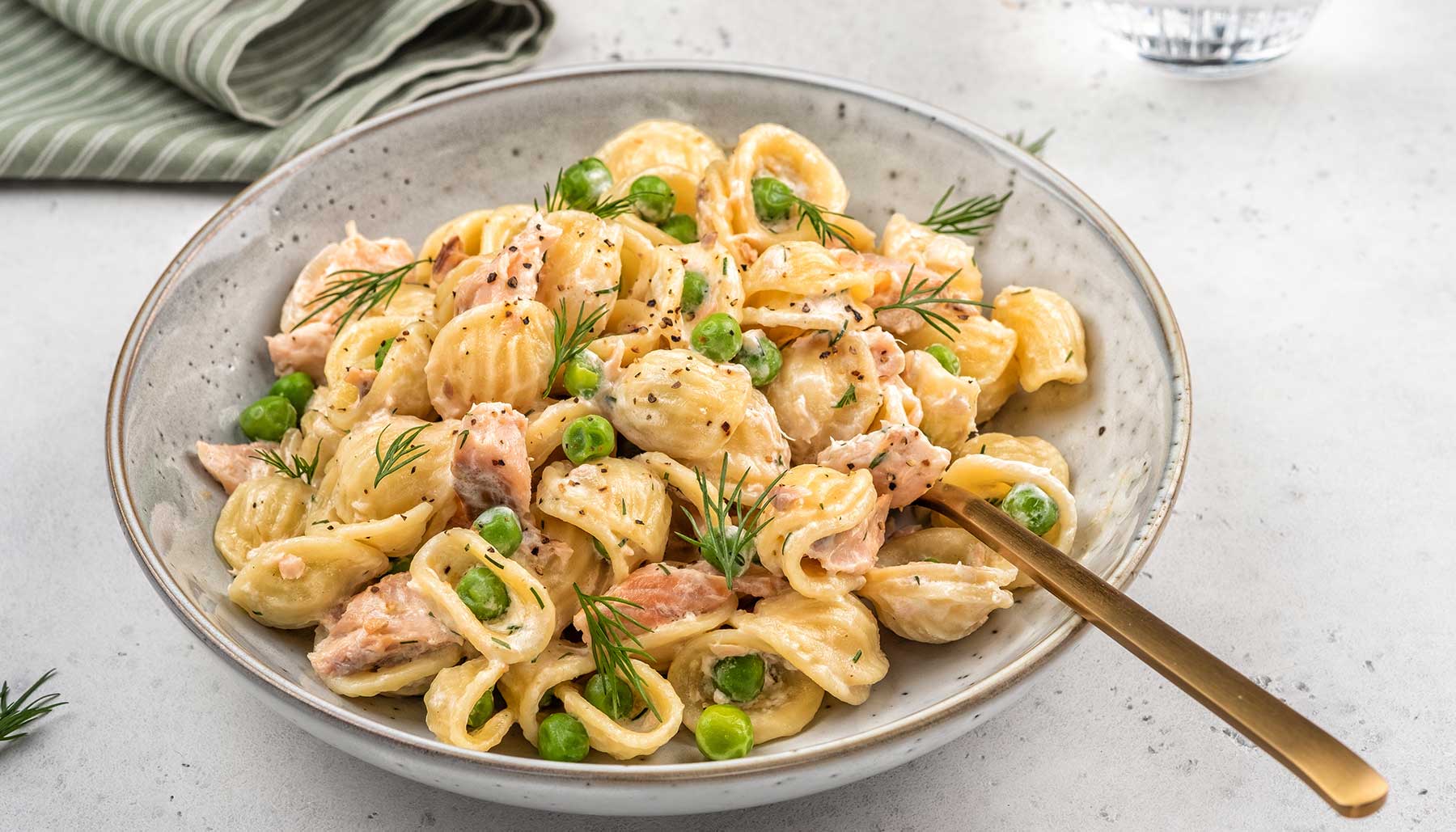Ah, pasta. The love of my life.
Really, I love a good pasta. Put it in a tomato sauce, throw in some veggies, make a pasta sauce… I love all of it. Isn’t it amazing that this one type of food can come in so many different shapes and work well in so many different applications?

There are something like 350 different types of pasta. Some are short and some are long; some are stuffed full of cheese, while others are extremely thin. And although many of them are made out of similar ingredients, these different sizes and shapes mean that some are better than others for particular recipes.
So, how do you know when to reach for conchiglie versus linguine? Should you use tortellini or ravioli? And what does orecchiette even look like?
I certainly can’t do a run-down on all 350 different kinds of pasta out there, but I can give you a glimpse into some of the most popular styles of pasta. From capellini to ziti, these are the 15 most-used pastas, what they look like, and what they are best used for.
Capellini, aka Angel Hair Pasta
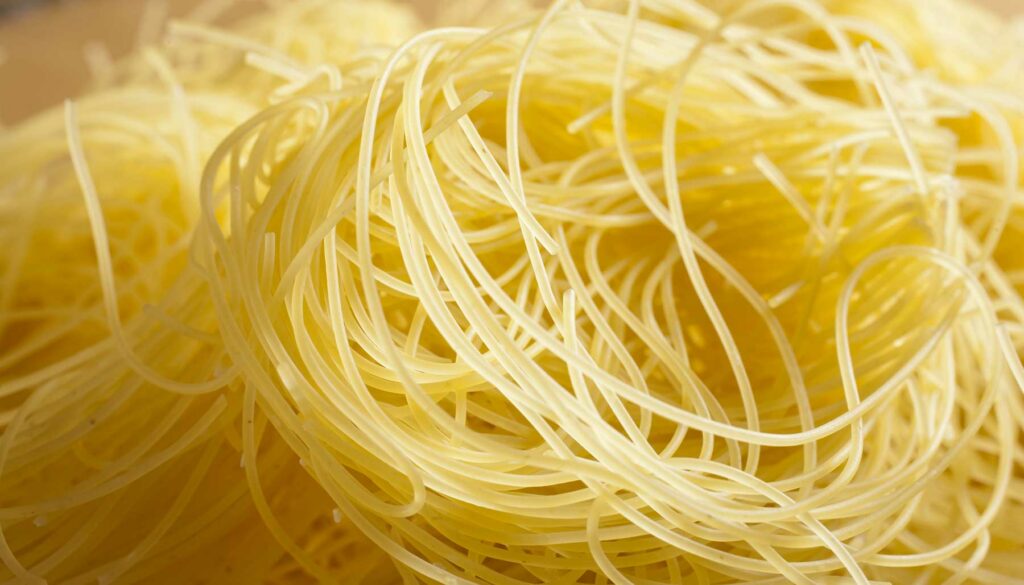
Often referred to as angel hair pasta, capellini is one of the thinnest types of pasta. It is long like spaghetti, but the strands are very fine and delicate. Its thin size gives it a shorter cooking time than many other kinds of pasta.
Best applications: Light or thin sauces, broth, olive oil, light or delicate seafood. Capellini will get lost in hearty and heavy sauces.
Conchiglie, aka Shells
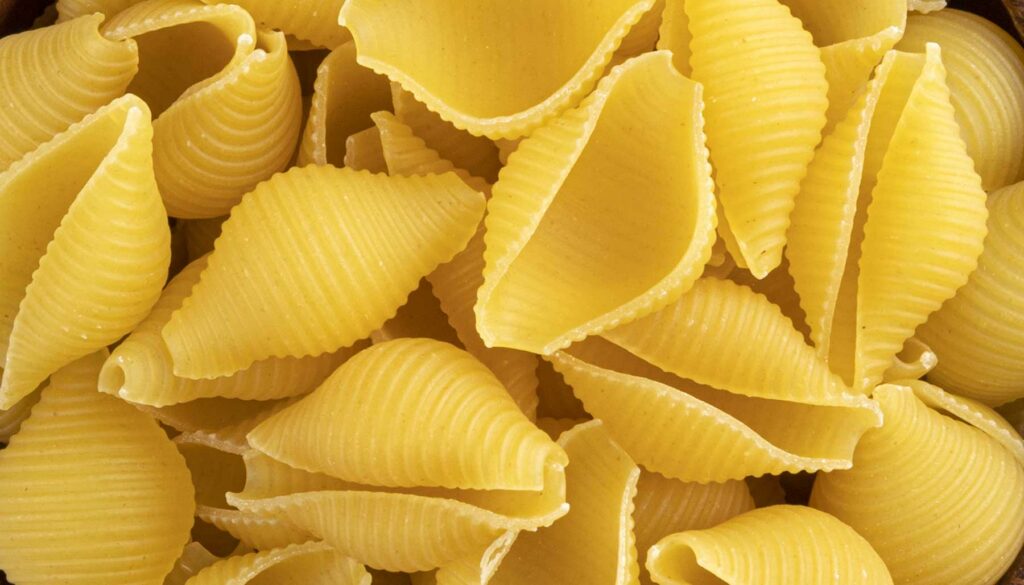
You might not immediately recognize the name of this pasta, but I bet you’ve eaten it plenty. Conchiglie is the pasta variety that is shaped like a conch shell. They range in size; the smallest shell is called conchigliette, and the largest is conchiglioni. Because of the shape, they can hold extra sauce and other ingredients.
Best applications: Large shells (conchiglioni) are the prime choice for fillings. Smaller shells (conchigliette, conchiglie) are great vehicles for thick and hearty sauces, chopped meats and veggies, and pasta salads.
Farfalle, aka Bow Ties
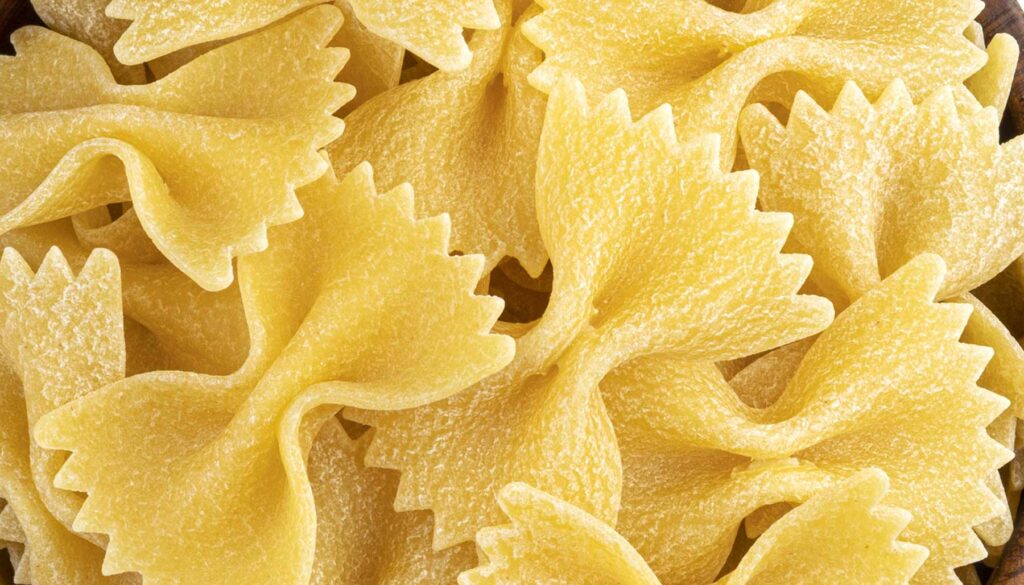
It is easy to see why farfalle has been nicknamed “bow tie pasta.” This fun pasta is clearly shaped like a bow with serrated edges. Some might also say it is shaped like a butterfly, which is where the name “farfalle” comes from. It is made by first cutting the pasta into squares and then it is pinched in the middle. This shorter pasta is thicker and can stand up to bigger flavors and textures.
Best applications: Thick and creamy sauces, chunky sauces, chopped meats and veggies, pasta salads, and baked dishes.
Fettuccine

Fettuccine is a pretty popular pasta shape that is found in a lot of restaurants, so it is likely you have eaten plenty of it. This one is a long pasta shape with a wider width and flat shape like a ribbon. You’ll find it sturdy and kind of thick, so it has a nice bite to it and stands up well to plenty of ingredients and sauces.
Best applications: Cream-based sauce, tomato sauce, as a side to meat and seafood.
Fusilli
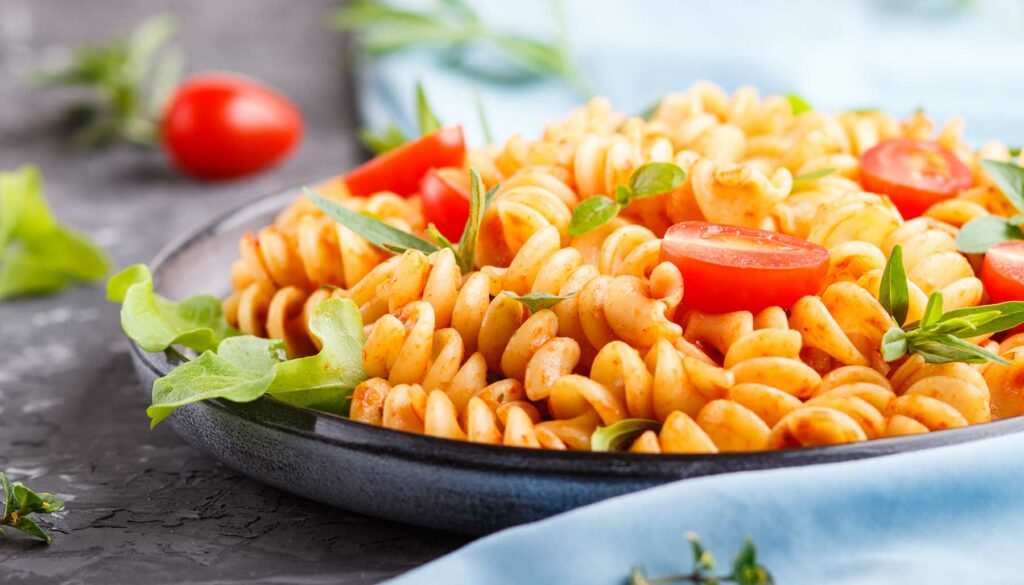
If you want to add an unexpected “twist” to your dish, fusilli can add its fun shape to the mix! This short pasta has a spiral or corkscrew shape. It is traditionally made by spinning the pasta with a small rod. There is also a variant called fusilli bucati, which is hollow inside; and fusilli lunghi, which is much longer. Fusilli is pretty versatile, and all those twists hold ingredients and sauces really well.
Best applications: Thicker or chunky sauces, bold flavors, chopped meats and veggies, pasta salad.
Lasagne or Lasagna

Possibly one of the oldest types of pasta, lasagna originated during the Middle Ages, and the oldest text mentioning it is from the 13th century. These noodles are very wide, flat sheets that are typically layered with other ingredients and then baked. Unlike other kinds of pasta, these are specially designed to be used in a single way and won’t do well in other applications. Imagine how awkward it would be to try and eat lasagna in sauce like you would spaghetti!
Best applications: Mostly just lasagna. You can experiment with lasagna roll-ups, which have the cheese and other ingredients rolled inside of a cooked lasagna noodle.
Linguine
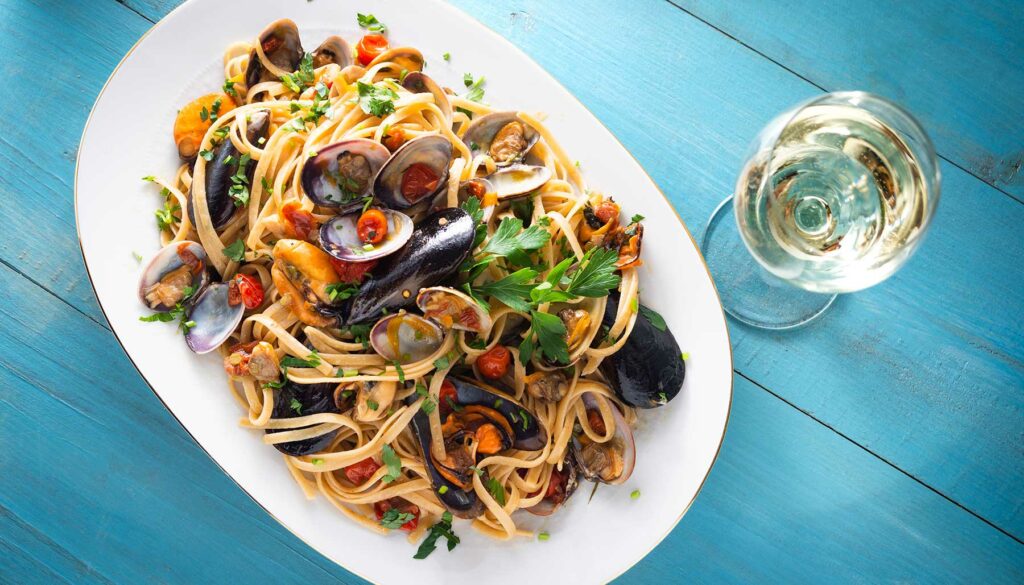
Linguine is another long, narrow type of pasta. In terms of thickness, linguine falls in between fettuccine and spaghetti. It looks relatively flat and is similar to fettuccine, but it’s actually more elliptical in shape rather than actually flat. Typically, you’ll find linguine with pesto or seafood, but rarely with other kinds of meat or heavy sauces.
Best applications: Cream-based sauces, pesto, olive oil, seafood.
Macaroni, aka Elbows

Macaroni has got to be one of the most popular pastas ever, thanks to its regular use in macaroni and cheese! Short and C-shaped, these little guys are hollow inside like a tube. All that extra space inside makes this shape perfect for thick sauces. The shape is also why it is sometimes referred to as elbow pasta because it has a bend in it like an elbow.
Best applications: Thick sauces, cheese- or cream-based sauces, pasta salad.
Orecchiette
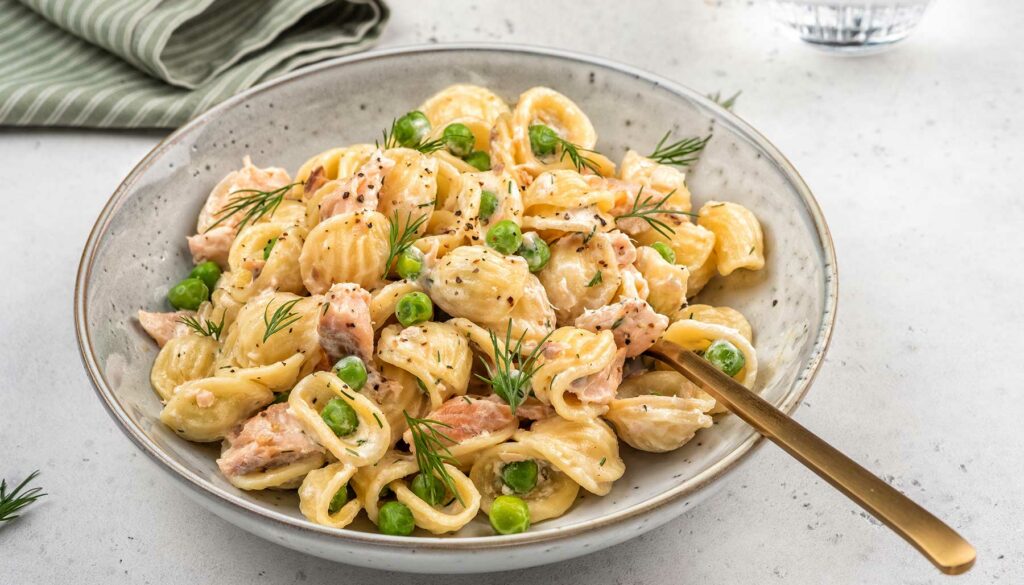
This cute little pasta shape is orecchiette, which translates to “little ears.” I bet you can see why! These are pretty small, with each orecchiette about the size of the tip of the pinkie finger. The outer surface has a rough texture to hold sauce better, and the concave shape also means it can hold extra sauce and veggies. This is one of the more ancient pasta shapes, having become popular in Puglia between the 12th and 13th centuries.
Best applications: Dreamy sauces, thicker sauces, stews and soups, chopped meats and vegetables, and greens. Orecchiette is traditionally served with turnip greens.
Pappardelle
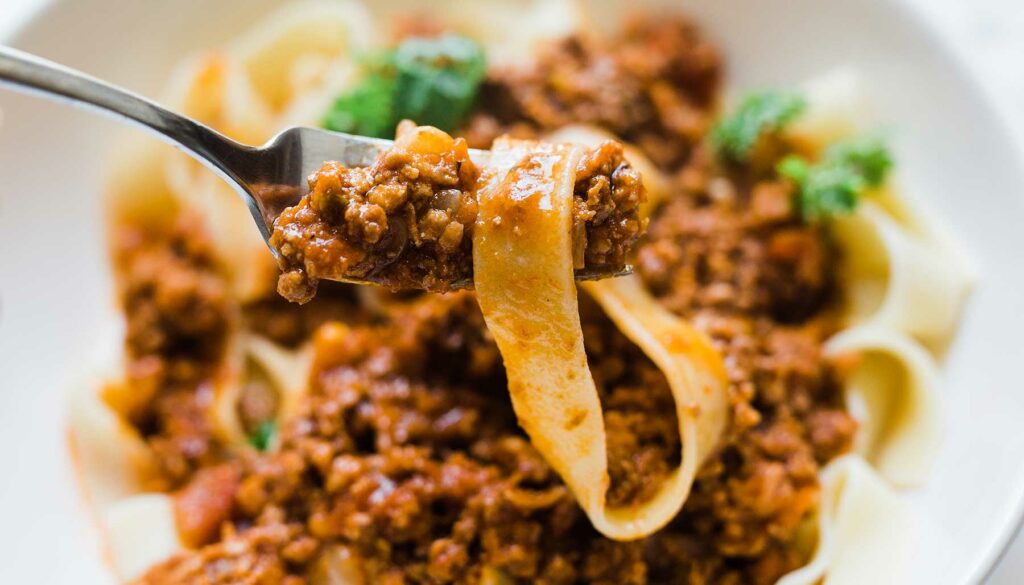
Pappardelle is as delicious to eat as it is fun to say. This egg-based pasta is cut into long ribbons. They are flat like fettuccine, but much wider. Its thickness can be attributed to its history. Originating in 14th century Tuscany, that thickness is needed to stand up to all those rich and meaty Tuscan sauces.
Best applications: Thick and meaty sauces, rich ragu, bolognese sauce, mushrooms, heavy winter recipes.
Penne Rigate
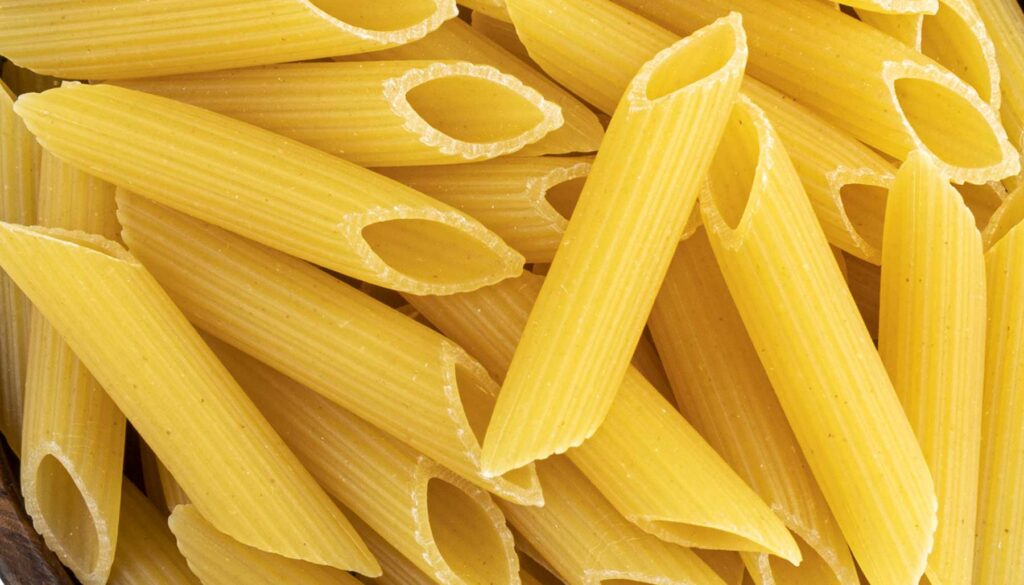
Penne pasta is a classic pantry staple for many. What we often call just penne is actually penne rigate. This pasta has a short, tube-like shape with a hollow center and ridges cut along the sides. The ends are cut at angles. The other variant is penne lisce, the smoother, ridgeless kind. Both have that hollow inside to hold all kinds of sauce, but penne rigate has the extra ridges on the side to hold even more.
Best applications: Meaty sauces, thick sauce or chunky sauces, rich and creamy sauces, rustic cut (larger chopped) veggies.
Ravioli
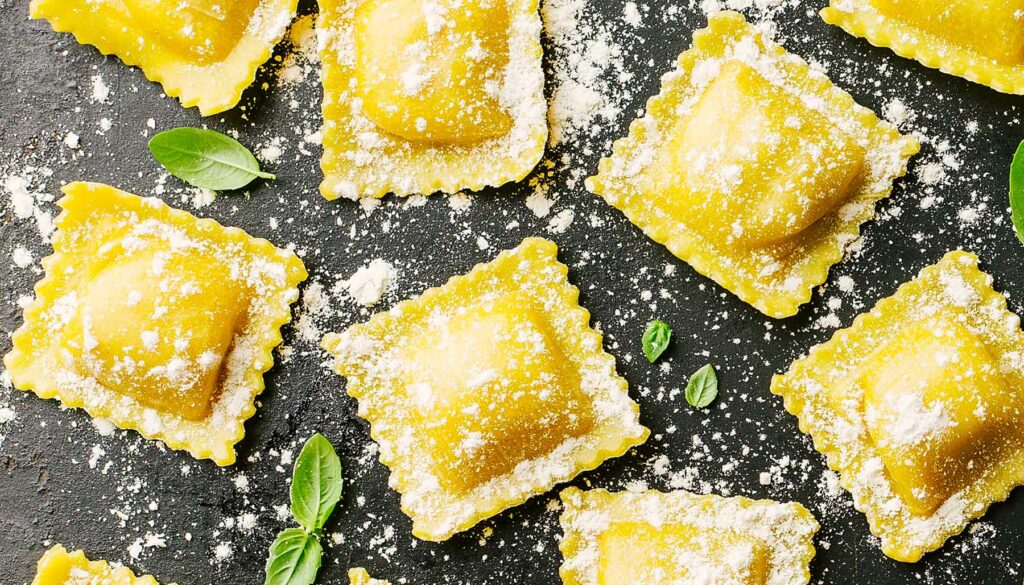
I like to think of ravioli as soft little pillows of cheese! This pasta is made of dough that has been cut into squares, stuffed with ricotta (and often with meat and veggies in there too), and then sealed. They can be served with sauce, in soups, ragu, or even just with a little olive oil drizzled on top. It really depends on what has been used for the filling. In some places, you can even find ravioli that has been breaded and deep fried.
Best applications: Olive oil, tomato sauce, cream-based sauce, soups, ragu, light sauces, chopped veggies. It really depends on the fillings inside the ravioli.
Spaghetti

Out of every pasta on this list, spaghetti is probably the most popular across the globe. It is a staple of traditional Italian cuisine. This pasta is long, thin, and cylindrical, and is solid throughout. It is easy to cook and goes with a wide range of different sauces, so it is clear why spaghetti is a go-to pasta for so many people.
Best applications: Spaghetti is versatile enough to handle a range of sauces, from light to heavy. Tomato sauce, meatballs, and bolognese are classics.
Tortellini
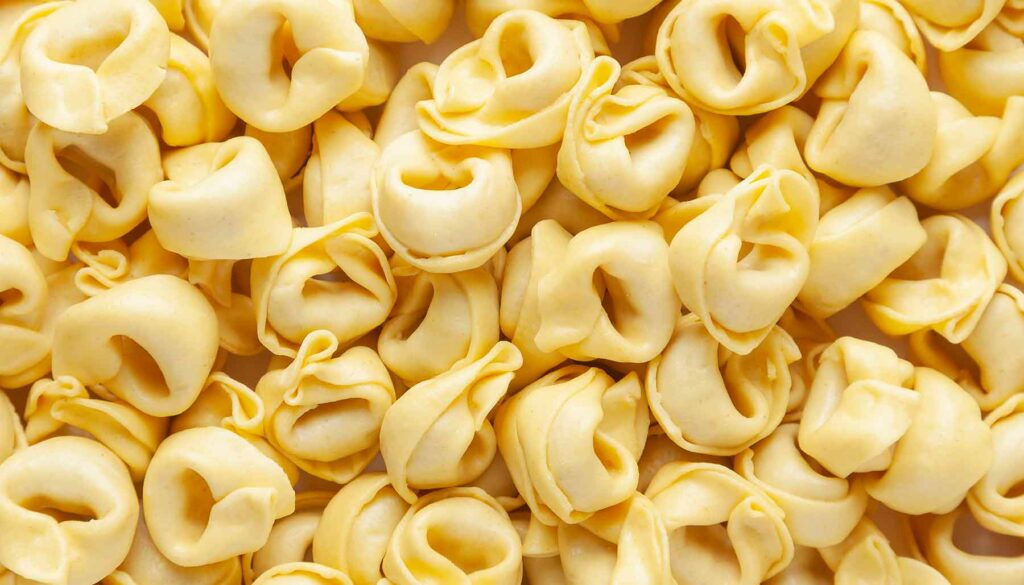
Tortellini is a stuffed pasta like ravioli, but the size and shape is entirely different. Instead of simple squares, tortellini are circular cuts of pasta that have been twisted around the filling, and then the ends pinched together. It turns them into a ring shape. We eat them much more often in modern times, but they were originally reserved for special occasions. The filling is definitely the star here, and these are often served in broth instead of sauce.
Best applications: Simple broth and soups, light sauces.
Ziti
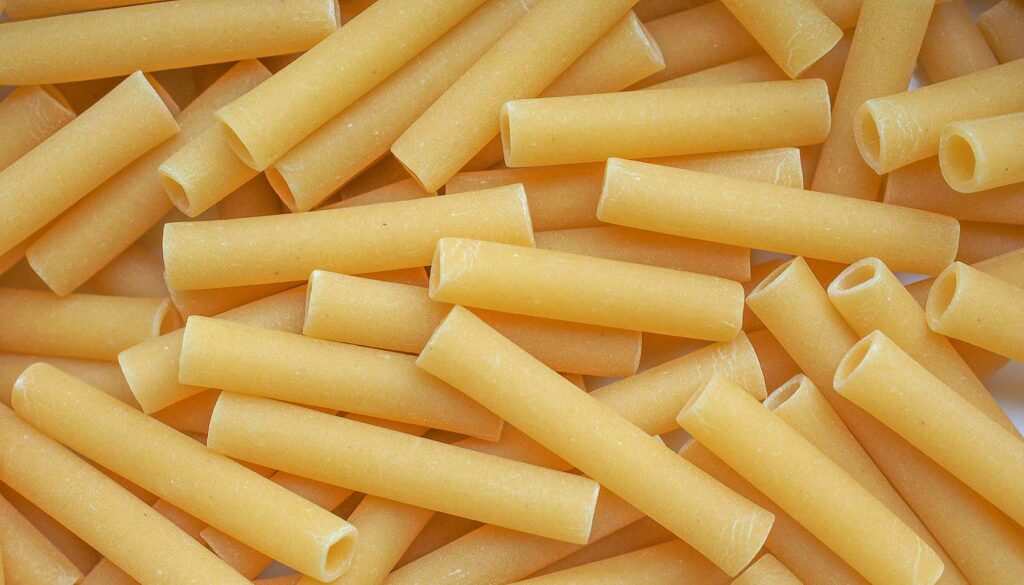
Ziti is another hollow, tube-shaped pasta that is perfect for hearty sauces. It is similar to penne, but ziti does not have the angled ends. Ziti is extruded and has a smooth texture. From there, the long tubes are broken into the short pieces we’re used to seeing. On the thicker side, it needs a little longer cooking time. That also makes it ideal for baked dishes, because the pasta can stand up to it.
Best applications: Meaty or thick sauces, ragu, baked dishes like casseroles.


